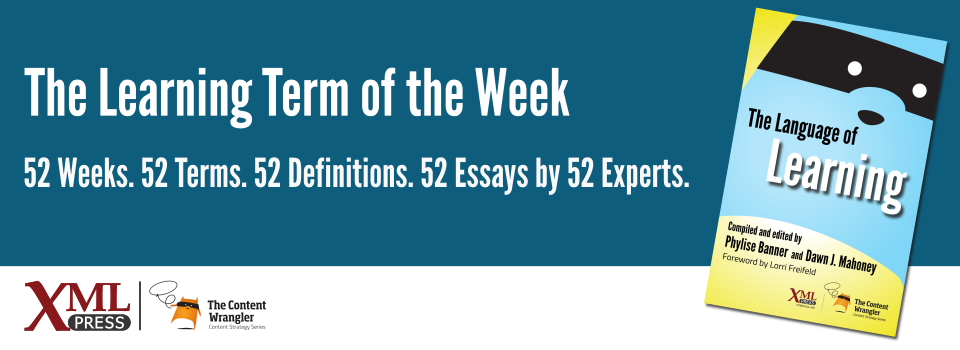What is it?
Every learner has preferred ways to learn; preference meaning liking one alternative over another for how knowledge or skills are acquired.
Why is it important?
Every learner brings with them their own interests, needs, and experiences, which influence their preferences for how to learn. By acknowledging and addressing learner preferences you can offer more equitable access to knowledge and skills, which helps remove barriers to learning, increase learner enthusiasm, and make it more likely that learners will successfully complete a course.
Why does a business professional need to know this?
When learning is designed to reduce barriers and address preferences, all learners can participate in inclusive, equitable, and meaningful learning. What will motivate and engage one learner may de-motivate and disengage another. Taking the time to understand your learner’s preferences can make a tremendous difference to that person’s success.
Learner preference is distinct from learning style. That is, while there is evidence that learners’ preferences have an impact on how open students are to learning, there is little evidence that a particular style of learning is more effective, regardless of preferences(Miller 2021)(Pashler 2009).
Here are some examples of learner, or learning, preferences:
- Visual (spatial)
- Aural (auditory)
- Verbal (linguistic)
- Physical (kinesthetic)
- Logical (mathematical)
- Social (interpersonal)
- Solitary (intrapersonal)
As a business professional, understanding learner preferences enables you to provide learners with the flexibility to use their preferred learning styles to acquire the knowledge and skills they need to drive your organization’s performance and strategy.
Valuing learner preferences as a company and leveraging them to encourage employees to proactively increase their knowledge, skills, and performance can contribute to a high-impact learning culture.
Embracing a variety of methods, materials, and assessments to identify and address learner preferences can give your company a competitive edge and keep your employees’ expertise up to date in their field today and in fields that are yet to be discovered.
References
- (Miller 2021) Why Learning Preferences Are More Important Than Learning Styles: Miller, Caroline. (2021). Biz Library blog.
- (WTM Academy) Learning Styles vs. Learning Preferences: What You Need to Know to Help Your Learner: Well-Trained Mind Academy.
- (Pashler 2009) Learning Styles: Concepts and Evidence: Pashler, H., McDaniel, M., Rohrer, D., and Bjork, R. (2008). Psychological Science in the Public Interest, 9(3), 105–119.

